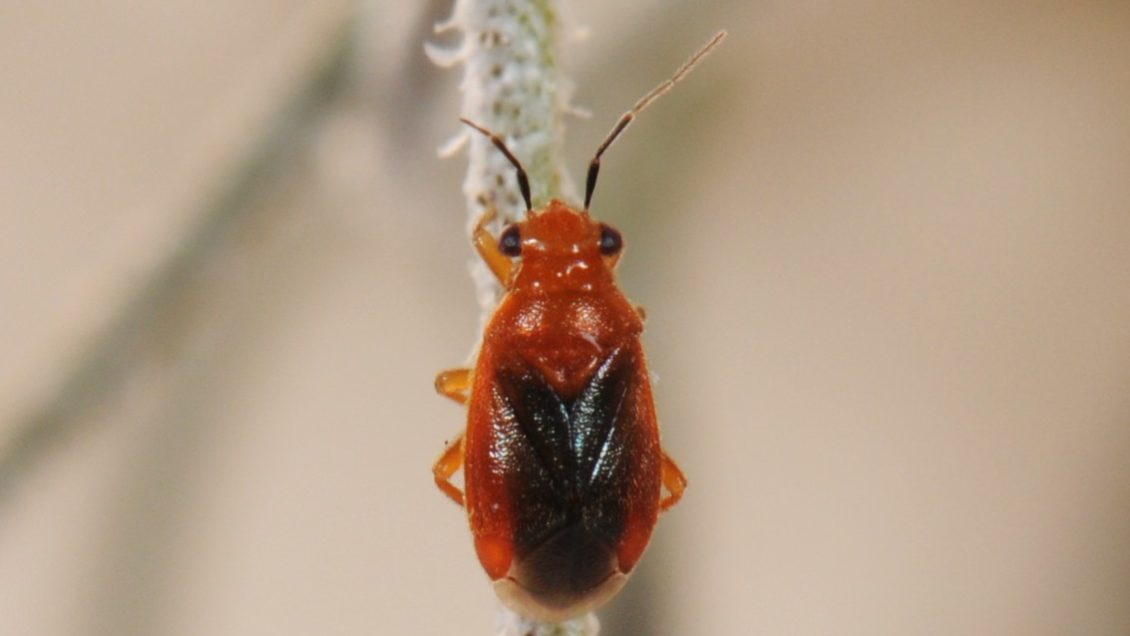CHARLESTON – The Clemson Coastal Research and Education Center can add the discovery of a new plant bug to its portfolio of findings.

The insect was discovered by Clemson entomologist Al Wheeler when he collected a small reddish-orange plant bug from an oak tree at the Coastal REC. A researcher with the United States Department of Agriculture at the Smithsonian Institution in Washington, D.C., said this is the first time this insect has been found in the United States.
“It was a bug I had never seen before,” said Wheeler, who has about 50 years of experience dealing with insects.
After examining the bug, Wheeler thought it might be related to a species of insects that feed just on orchids, making the bug’s appearance on an oak tree seem odd. When he returned to the tree the next day, he discovered the bug’s real host was the Spanish moss draping the oak tree’s limbs.
With the plant bug’s identity uncertain, Wheeler enlisted the aid of Thomas Henry, a research entomologist and world authority on plant bugs with the USDA at the Smithsonian Institution. After receiving the insect, Henry realized it was unlike any other plant bug known from the United States. His identification was surprising — the bug is a species new to science and probably native to Mexico, Central America or South America where Spanish moss also occurs.
Henry named the bug Tenthecoris tillandsiae after the scientific name for Spanish moss (Tillandsia usneoides).
It is not clear how this insect made its way to Charleston. Spanish moss is used as a packing material as well as in floral arrangements and handicrafts, so it could’ve hitched a ride on a ship or an airplane.
“The bug might have been transported to Charleston in Spanish moss by tourists or commerce,” Wheeler said.
This new insect doesn’t threaten humans, animals, crops or Spanish moss. Instead, it joins the many creatures that use this moss for food, nesting and shelter. According to Wheeler, the Spanish moss bug has become a colorful and harmless addition to the biodiversity of a plant symbolic of the southern United States.
“No matter how far the bug might spread, its site of discovery will forever be the Clemson Coastal REC,” said Wheeler, adding the study was a Clemson effort as he received cooperation from personnel at the Coastal REC. Two Clemson horticulture extension agents – Barbara Smith and Joey Williamson, both Extension horticulturists at the Home and Garden Information Center – contributed digital images of Spanish moss for Wheeler’s paper on the bug’s feeding habits.
Get in touch and we will connect you with the author or another expert.
Or email us at news@clemson.edu

